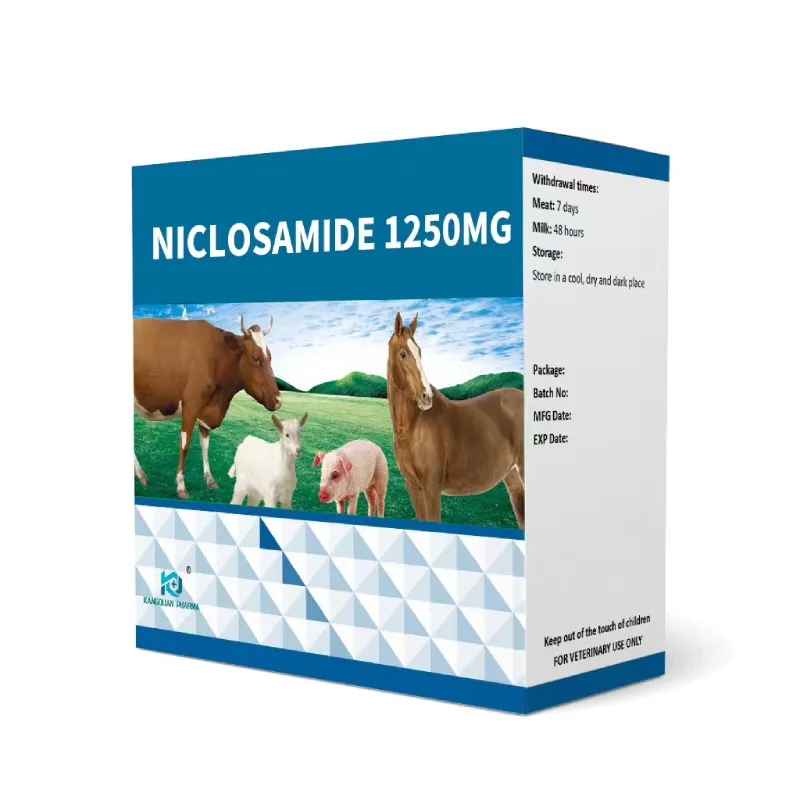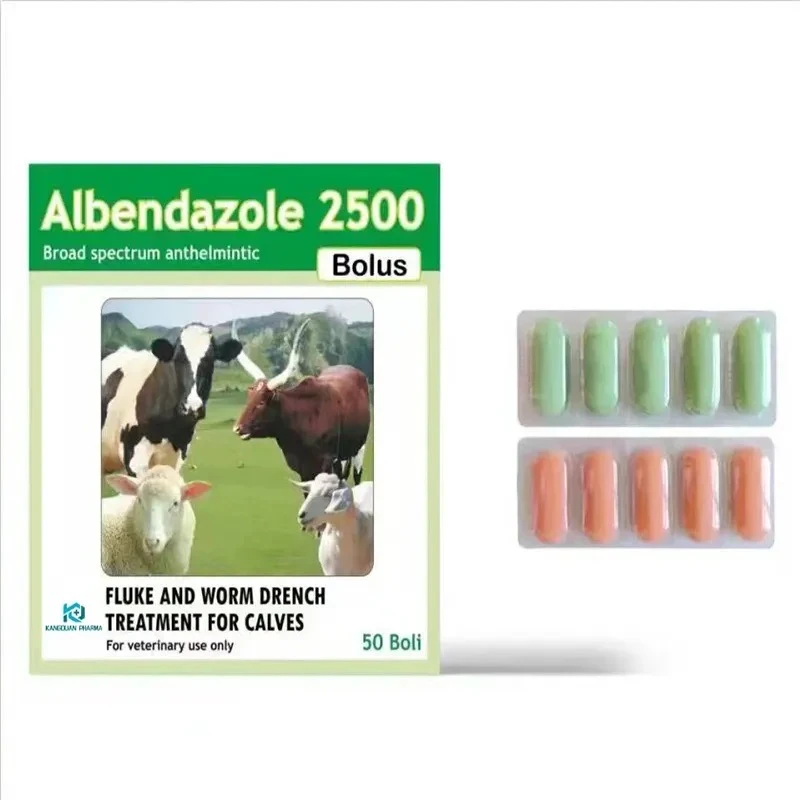- Afrikaans
- Albanian
- Amharic
- Arabic
- Armenian
- Azerbaijani
- Basque
- Belarusian
- Bengali
- Bosnian
- Bulgarian
- Catalan
- Cebuano
- Corsican
- Croatian
- Czech
- Danish
- Dutch
- English
- Esperanto
- Estonian
- Finnish
- French
- Frisian
- Galician
- Georgian
- German
- Greek
- Gujarati
- Haitian Creole
- hausa
- hawaiian
- Hebrew
- Hindi
- Miao
- Hungarian
- Icelandic
- igbo
- Indonesian
- irish
- Italian
- Japanese
- Javanese
- Kannada
- kazakh
- Khmer
- Rwandese
- Korean
- Kurdish
- Kyrgyz
- Lao
- Latin
- Latvian
- Lithuanian
- Luxembourgish
- Macedonian
- Malgashi
- Malay
- Malayalam
- Maltese
- Maori
- Marathi
- Mongolian
- Myanmar
- Nepali
- Norwegian
- Norwegian
- Occitan
- Pashto
- Persian
- Polish
- Portuguese
- Punjabi
- Romanian
- Russian
- Samoan
- Scottish Gaelic
- Serbian
- Sesotho
- Shona
- Sindhi
- Sinhala
- Slovak
- Slovenian
- Somali
- Spanish
- Sundanese
- Swahili
- Swedish
- Tagalog
- Tajik
- Tamil
- Tatar
- Telugu
- Thai
- Turkish
- Turkmen
- Ukrainian
- Urdu
- Uighur
- Uzbek
- Vietnamese
- Welsh
- Bantu
- Yiddish
- Yoruba
- Zulu
Gen . 21, 2025 04:42 Back to list
Oxytetracycline 5% Injection


4. HORMONAL INJECTIONS TACKLING REPRODUCTIVE AND ENDOCRINE ISSUES Hormonal injections such as insulin, estrogen, or oxytocin have significant applications in managing endocrine disorders or aiding reproduction. For instance, Oxytocin is administered during birthing to stimulate contractions and prevent postpartum hemorrhage. Meanwhile, insulin injections are a lifeline for diabetic pets, necessitating precise dosage and monitoring due to the delicate nature of their conditions. These injections require vast expertise and ongoing consultation and adjustment by veterinary professionals to not only treat but also monitor for adverse effects. 5. IMMUNOTHERAPY INJECTIONS MODULATING IMMUNE RESPONSES Emerging immunotherapy injections are gaining traction in treating allergies and even some cancers in animals. These injections work by modulating the animal's immune response to reduce overreactions to allergens or target cancerous cells. In this cutting-edge realm, veterinary expertise is non-negotiable, requiring a robust understanding of immunology and the specific dynamics of each individual animal's response. 6. ANTIPARASITIC INJECTIONS DEFENDING AGAINST PARASITES Antiparasitic injections provide a potent defense against parasitic threats like heartworms, fleas, and ticks that can debilitate pets and livestock. Ivermectin and Milbemycin Oxime are frequently used for their swift action and prolonged protection against infestations. The selection and administration of these injections necessitate veterinary authority to determine appropriate types and dosages that align with the species' needs and treatment goals. CONCLUSION THE ESSENTIAL ROLE OF VETERINARY OVERSIGHT The spectrum of veterinary injections underscores the necessity for veterinary oversight in safeguarding animal health. These injections demand a deep well of expertise, extending from identifying the specific needs of animals to the precision in administering these medications. Underpinning all of this is trust in veterinary professionals, whose expertise and authority guide animal owners through the complexities of treatment, ensuring both effective and humane animal care practices. By forging a robust collaborative relationship with veterinarians, animal caregivers can optimize the health outcomes of their pets and livestock, ensuring their wellbeing is constantly prioritized and meticulously managed.
-
Guide to Oxytetracycline Injection
NewsMar.27,2025
-
Guide to Colistin Sulphate
NewsMar.27,2025
-
Gentamicin Sulfate: Uses, Price, And Key Information
NewsMar.27,2025
-
Enrofloxacin Injection: Uses, Price, And Supplier Information
NewsMar.27,2025
-
Dexamethasone Sodium Phosphate Injection: Uses, Price, And Key Information
NewsMar.27,2025
-
Albendazole Tablet: Uses, Dosage, Cost, And Key Information
NewsMar.27,2025













